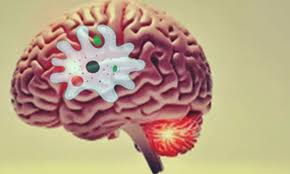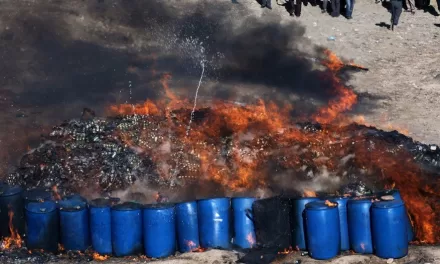New Delhi, July 21, 2024 — In a concerted effort to address the rising concerns of Chandipura virus and Acute Encephalitis Syndrome (AES) cases in Gujarat, Rajasthan, and Madhya Pradesh, the Director General of Health Services (DGHS), Prof. (Dr.) Atul Goel, along with experts from the Union Health Ministry and National Centre for Disease Control (NCDC), reviewed the current situation yesterday. The review included contributions from experts at AIIMS, Kalawati Saran Children’s Hospital, and the National Institute of Mental Health & Neurosciences (NIMHANS), alongside officials from central and state surveillance units.
The meeting focused on understanding the epidemiological patterns and the spread of AES and Chandipura virus cases in the affected regions. Detailed discussions led to the conclusion that infectious agents are responsible for only a small proportion of AES cases across the country. The experts stressed the importance of comprehensive epidemiological, environmental, and entomological studies, especially in the regions reporting high incidences of AES in Gujarat.
In response, a multidisciplinary central team from the NCDC, Indian Council of Medical Research (ICMR), and the Department of Animal Husbandry and Dairying (DAHD) has been deployed to assist Gujarat with thorough investigations. This team will focus on epidemiological, environmental, and laboratory investigations to identify the root causes and effective measures to control the outbreak.
Understanding Acute Encephalitis Syndrome (AES)
AES encompasses a group of clinically similar neurologic conditions caused by various infectious agents including viruses, bacteria, fungi, parasites, and toxins. Among the known viral causes are Japanese Encephalitis (JE), Dengue, Herpes Simplex Virus (HSV), Chandipura Virus (CHPV), and West Nile Virus.
The Chandipura Virus (CHPV)
Chandipura virus, a member of the Rhabdoviridae family, is known for causing sporadic cases and outbreaks, particularly in western, central, and southern India during the monsoon season. Transmitted by vectors such as sand flies and ticks, CHPV primarily affects children under 15 years, often presenting with febrile illness that can sometimes lead to death. Currently, no specific treatment exists for CHPV; management focuses on symptomatic relief and timely referral to healthcare facilities, which can improve patient outcomes.
Current Situation and Measures
Since early June 2024, Gujarat has reported a surge in AES cases, primarily affecting children. As of July 20, 2024, there have been 78 AES cases, with 75 from 21 districts/corporations in Gujarat, 2 from Rajasthan, and 1 from Madhya Pradesh. Tragically, 28 cases have resulted in death. Testing at the National Institute of Virology (NIV) Pune confirmed 9 cases positive for CHPV, all from Gujarat, with 5 associated deaths.
The experts emphasized the critical role of vector control, hygiene, and public awareness in combating the spread of these diseases. Enhanced surveillance, early detection, and prompt referral to designated healthcare facilities were identified as key measures to mitigate the impact of these outbreaks.
The Union Health Ministry, along with state health departments, continues to monitor the situation closely, ensuring that all necessary resources and support are provided to the affected regions to control and prevent further spread of these diseases.












